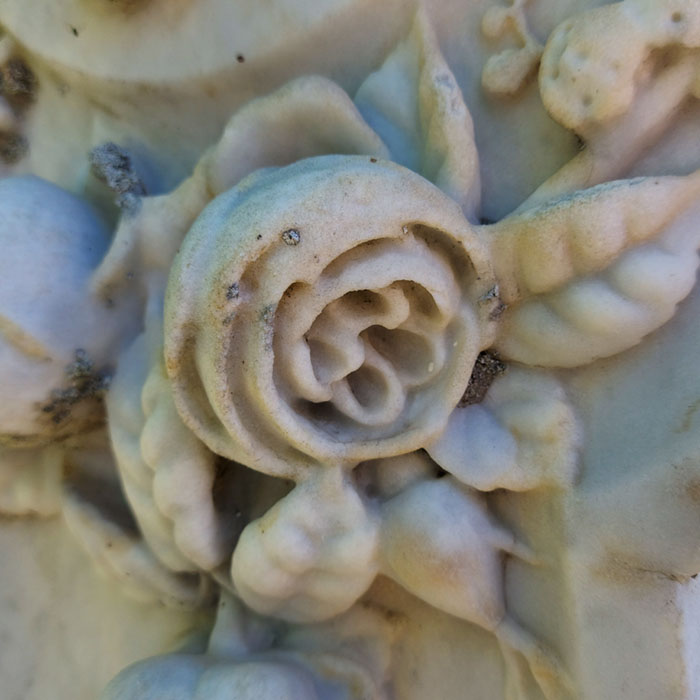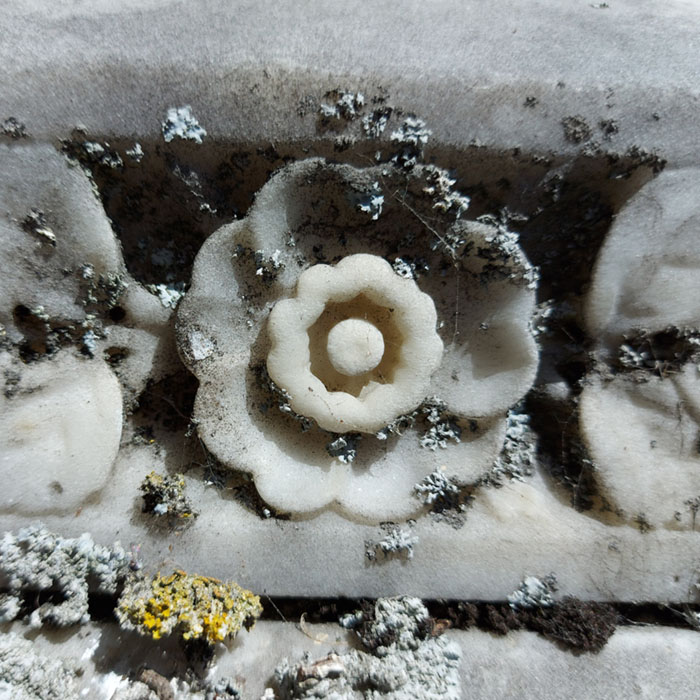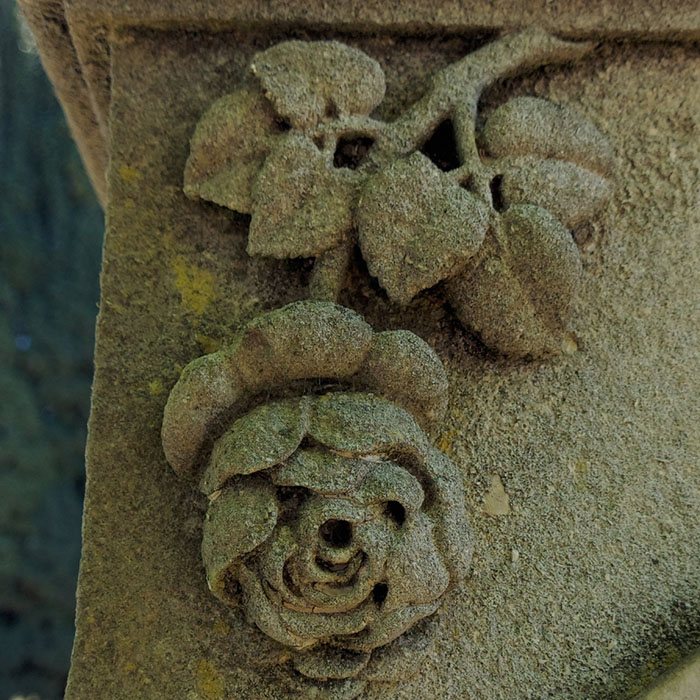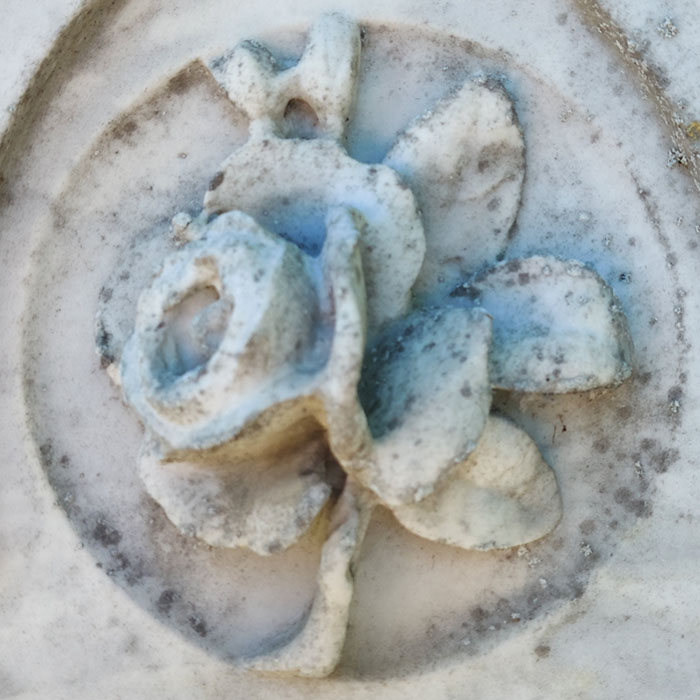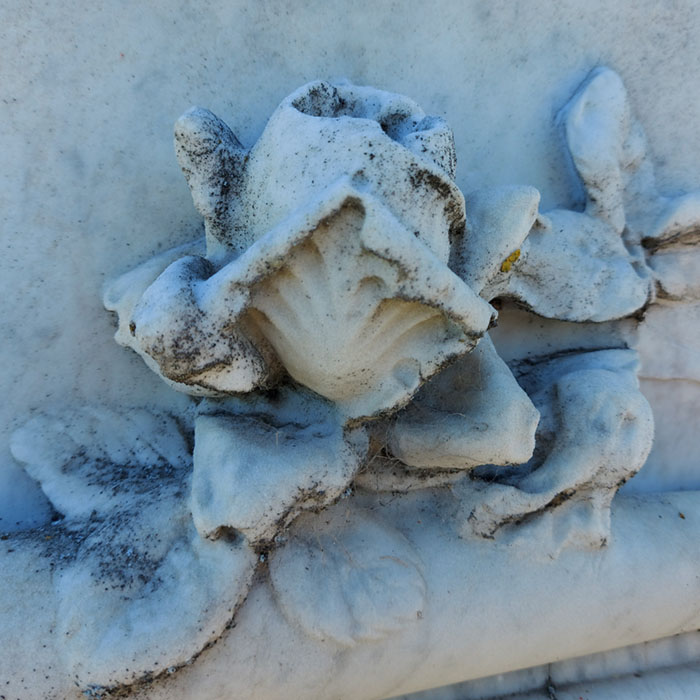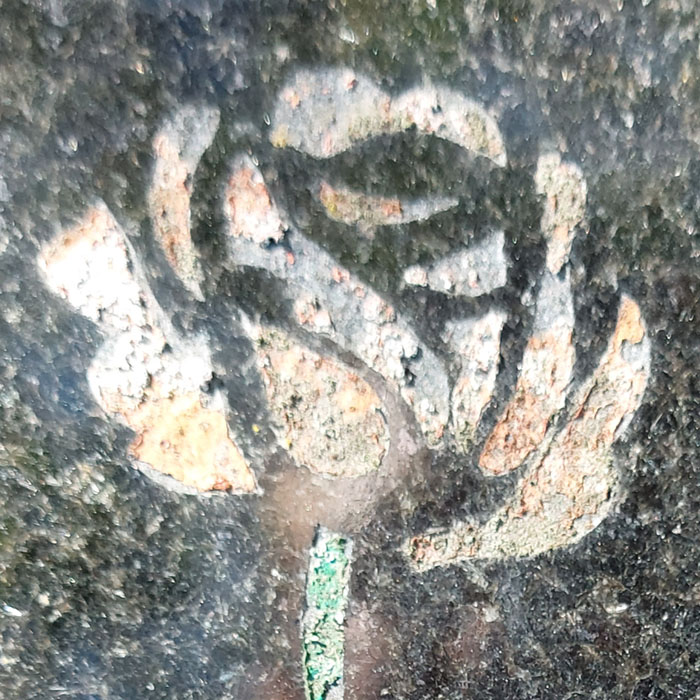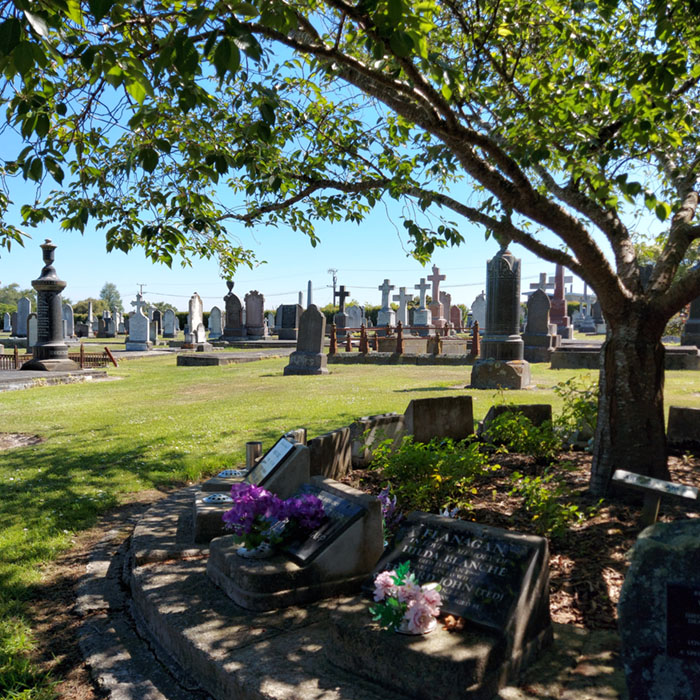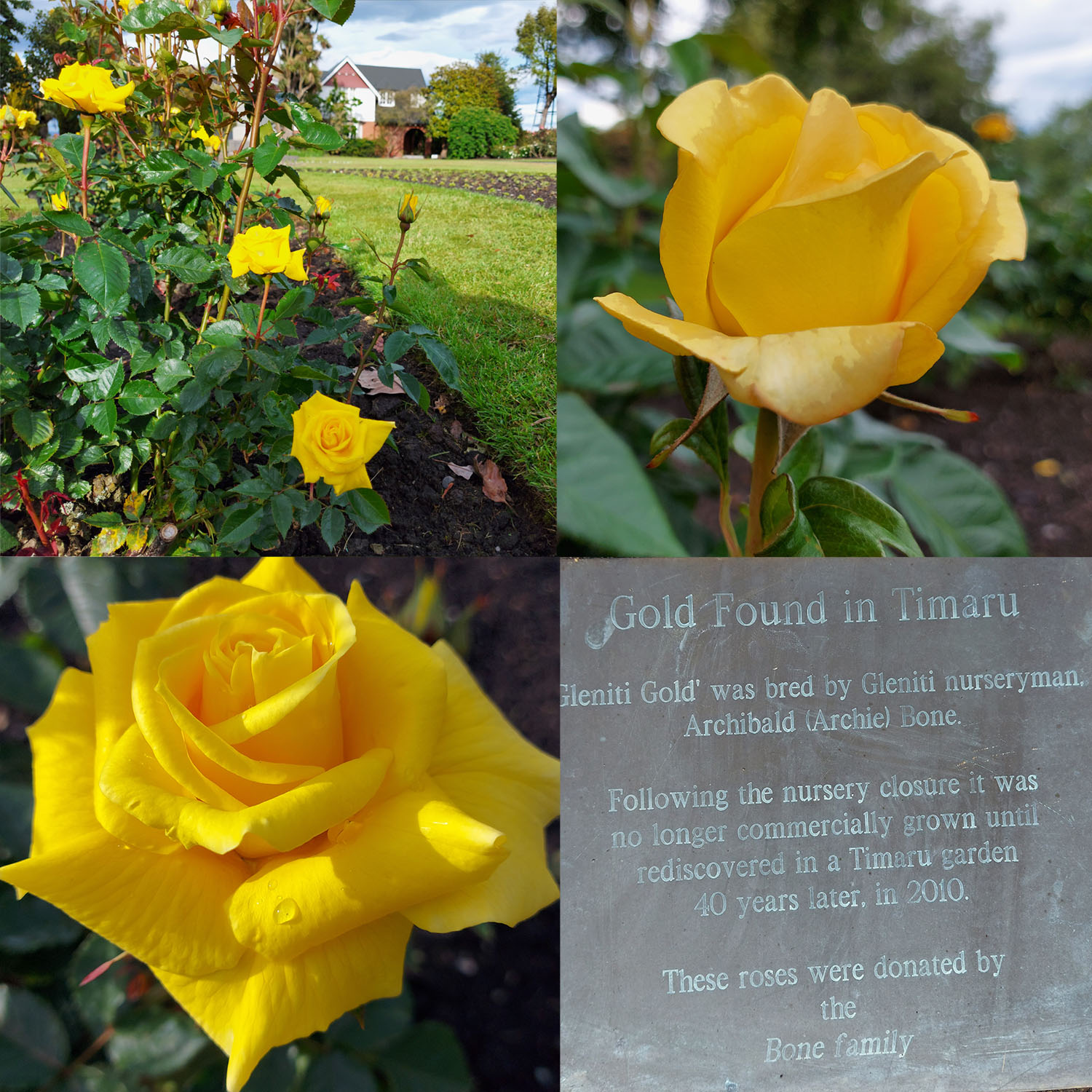Symbols have been a silent language used on tombstones for centuries. Learn what they mean and see if you can find some at the Timaru Cemetery...
Symbols have been a silent language used on tombstones for centuries. But, it was not until the mid-1800s that this secret code caught on with the ‘common folk’ who could afford to decorate their graves with statues and carvings.
The Victorians were known for their love of ornate designs and this carried on to their gravestones. Stone carvers of the period created works of art. Rural cemeteries became the poor person’s art gallery, offering carvings, statues, and buildings of spectacular craftsmanship.
The practice of leaving flowers at graves began thousands of years ago when the ancient Greeks would honor fallen warriors. They believed that if the flowers rooted into the ground and grew from the gravesite, then it was a sign that the fallen had found peace.
Headstones, also known as gravestones or tombstones, were used to mark graves near homes, dating as far back as 3,000 B.C. It wasn’t until the mid-1600s that they became common in churchyards and cemeteries. Originally, headstones were reserved for the middle and upper classes. But when Protestant theology became more widespread, headstones became a staple of burial for all. Until the 1900s, headstones were made from slate or sandstone. They served as the lid to a coffin, or the coffin itself, and a gravestone was placed over the actual grave. Some graves also contained footstones to mark the perimeter of the grave from head to toe. Now, all of these terms—headstones, memorials, grave markers, and other names—are used interchangeably to describe any type of marker placed at the head of a grave to memorialize someone who has passed.
Used on a headstone the rose can symbolise the one we have loved and lost and a deep longing. It is the emblem of earthly love. The Virgin Mary has been nicknamed “Rose”, bringing together both earthly and heavenly grace as well as piercing sorrow. The Victorians were enamored with flowers, which were known to have their own language. Give a woman a red rose and that signified love, a yellow one meant friendship, and a white rose suggested a new beginning, or a fond farewell. Roses on a tombstone can have several meanings, depending on the number and if the rose is in bud or bloom.
The rose has been described as the Queen of Flowers, and the Queen of Heaven.
- The rose itself symbolizes love, hope and beauty.
- Two roses joined together signifies a strong bond and is usually found on the grave of a couple.
- A wreath of roses represents beauty and virtue.
- A rose bud indicates the grave of a child. A partial bloom was used to show someone who had died in his or her teen or early adult life – a life cut short. And a full bloom signified someone in the prime of life.
- A broken blossom, whether a rose or any other flower, indicated that someone who died too young.
When a small child or infant has died, the rose is but a rosebud still unopened. This signifies that the rose has not had a chance to bloom, just like the infant has not had a chance to live its life.
Whenever you see a full-blown rose with a severed stem, this signifies a young person or adult whose life was "cut short".
When there is a fully-opened rose with an intact stem, it will be a mature adult who lived a long life.
Two roses joined together stand for a strong bond such as marriage, and often appear on the joint marker of a couple.
A wreath of roses symbolizes beauty and virtue.
A garland of roses, which may be held by an angel, indicates sorrow, and a bouquet of roses stands for condolences, sorrow or grief.
So the next time you see the depiction of a rose on a gravestone, take a moment to decipher what information it can share.
Lilies. Another flower that is abundant in the cemetery is the lily, which stands for innocence and purity. There are several various types of lilies used on gravestones, each with a slightly different meaning.
- Most popular is the Easter lily, which represents resurrection and the innocence of the soul.
- Calla Lilies represent marriage and fidelity.
- Lily of the Valley signifies innocence, humility and renewal.
- The Fleur de Lis is actually a stylized lily representing the Holy Trinity.
- The Daffodil, also of the lily family, indicated grace, beauty and a deep regard. This is why daffodils are abundant in older cemeteries during the spring.
- A Flower By Any Other Name …
Other flowers used on gravestones include:
- The daisy represents gentleness and innocence.
- The morning glory suggests mourning, mortality and farewell.
- Greenery is also used to convey unspoken thoughts. Many stones are covered in Ivy to imply faithfulness, undying affection and eternal life.
- The fern was very popular in Victorian times, indicating sincerity and solitude.
- And the palm, another plant associated with Easter, signifying triumph over death and a forthcoming resurrection.
Other symbols
Anchor: Steadfastness. Early Christians used it as a disguised symbol of the cross. Books or scrolls, on the other hand, often signify faith for Early Evangelists.
Angels: candles and flowers may also be used to denote a form of religion. The angel, for example, may appear in many different poses, each with its own individual meaning. An angel with open wings is thought to represent the flight of the soul to heaven. Angels may also be shown carrying the deceased in their arms as if escorting them to heaven. A weeping angel symbolizes grief, especially mourning an unexpected death. And, an angel blowing a trumpet may depict the Day of Judgment for Christians across cultures.
Wander the Timaru cemetery and you will discover a secret language communicated through symbols. All it takes is the interest to learn what each generation wished to imply with this language, and the time to let them speak to you while offering interesting insights into someone’s life and time.


